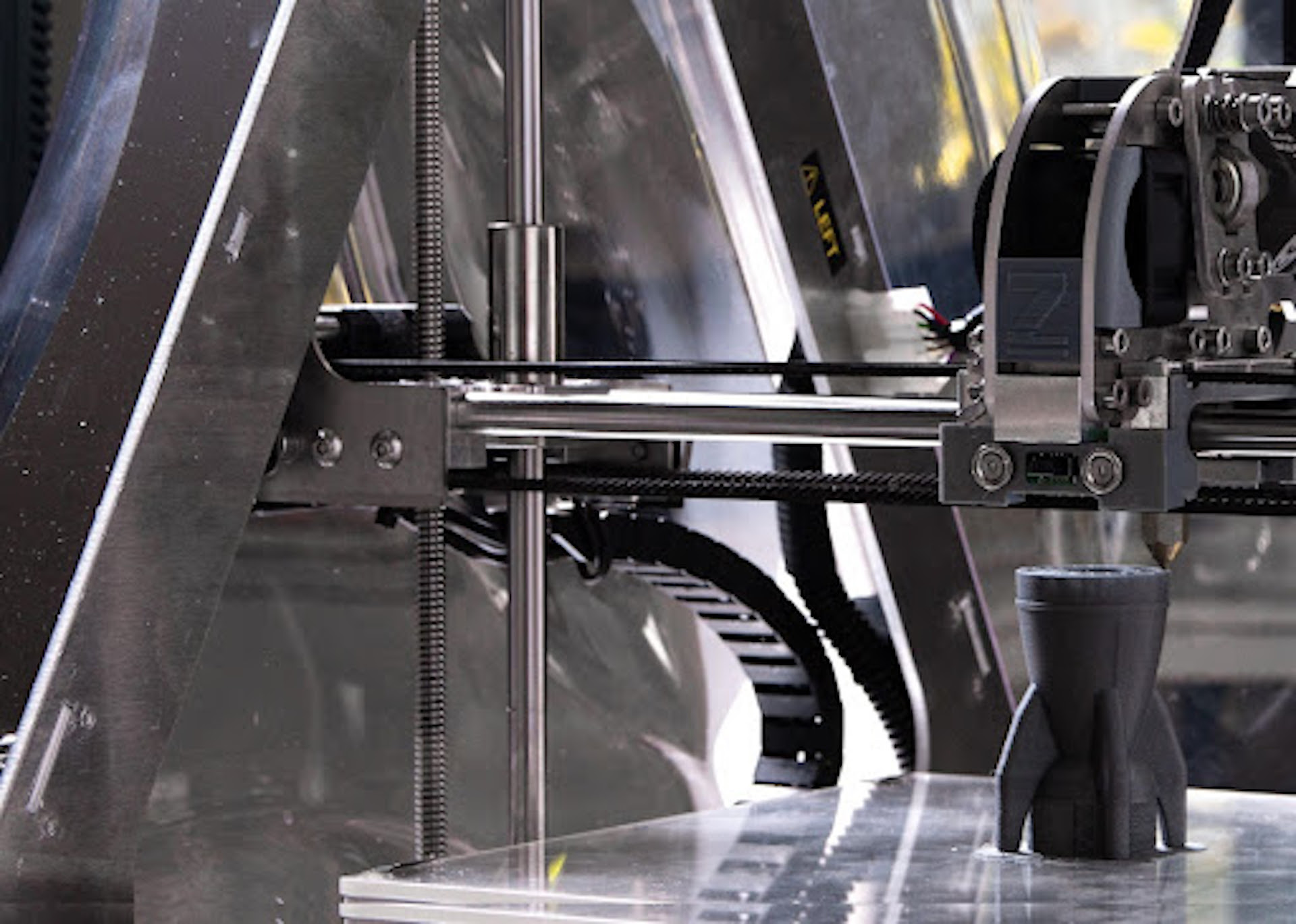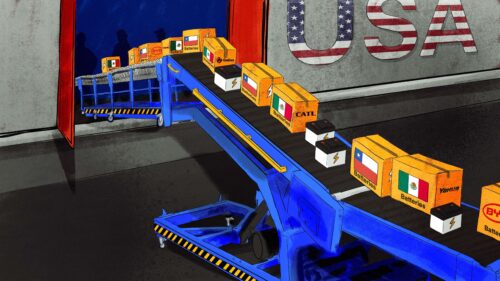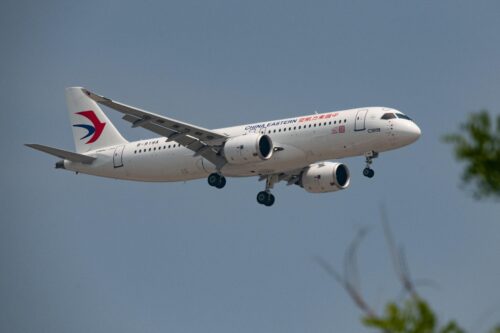Can a Chinese startup print rockets?
SpaceX’s reusable rockets are reducing the costs of space travel. Could a new 3D printing technology from a Chinese company bring the price down even further?

Rumors are circulating that a startup founded in March 2021, SpaceTai (Tàihànhángtiān 太瀚航天), can manufacture approximately 90% of rocket components with specially-designed metal 3D printers. The company estimates that 3D rocket printing capabilities could reduce costs for the commercial aerospace industry to one-fifth the current average.
- Globally, 3D rocket printing is still in its infancy. U.S. companies including SpaceX, Rocket Lab, and Relativity Space are still in the trial and error phase. Funding towards these projects have reached several hundred million dollars.
- Now, SpaceTai seeks 600 million yuan ($94.6 million) of financial support for its initiative. The capital raised will go to the development and construction of a suitable factory.
- SpaceTai designed a printer based on the Saturn S-480 series — a programmable printer system with a bidirectional nozzle. Now, the new W-450 metal printer series contains special support software directing alloy printing processes from plasma discharge that is slightly above aluminum’s melting temperature.
China news, weekly.
Sign up for The China Project’s weekly newsletter, our free roundup of the most important China stories.
The context: A space race competition is heating up between both companies and countries. Time is of the essence for developing the next phase of rockets, and SpaceTai has ambitious targets to reach. The startup expects to send its first fully 3D printed rocket into orbit by 2024.
- SpaceTai is currently developing a rocket engine dubbed “Little Ant” 小蚁. However, with a thrust capacity between 20 and 30 tons, this engine is anything but little.
- All of Little Ant’s components can be printed within 30 days, allowing for rapid succession of testing trials. Furthermore, the startup claimed it can print a full rocket body in three months.
- Not everything has been smooth for SpaceTai. The company recently reported glitch issues on a 3D manufacturing printer line in Xi’an.
The takeaway: 3D printing looks to be a new frontier in space exploration. But as printing makes rocket manufacturing cheaper and faster, questions will persist as to whether China might expand 3D printing beyond commercial rockets, into military capabilities.






